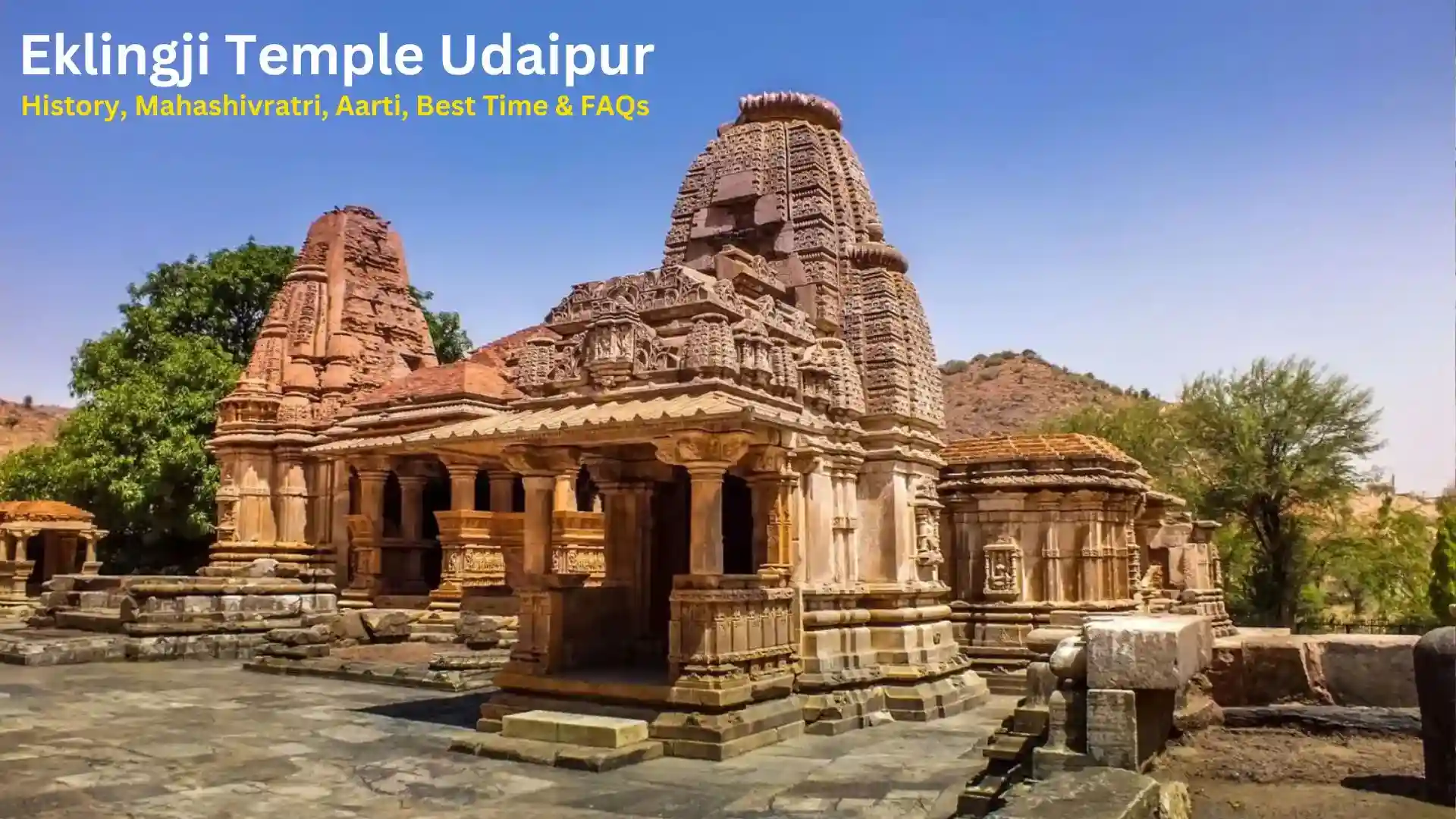Introduction: The Sacred Spiritual Heart of Mewar
Nestled in the picturesque town of Eklingji (Kailashpuri), just 22 km from Udaipur, the Eklingji Temple stands as a spiritual and architectural marvel. Dedicated to Lord Shiva, this ancient temple is one of Rajasthan’s most revered religious sites. Whether you’re a devotee, history enthusiast, or traveler seeking serenity, Eklingji Temple is a must-visit.
In this blog, we will take you through the rich history of Eklingji Temple, grand Mahashivratri celebrations, timings, reasons to visit, FAQs, and things to do during your trip.
The Enigmatic History of Eklingji Temple: A Sacred Legacy of Mewar
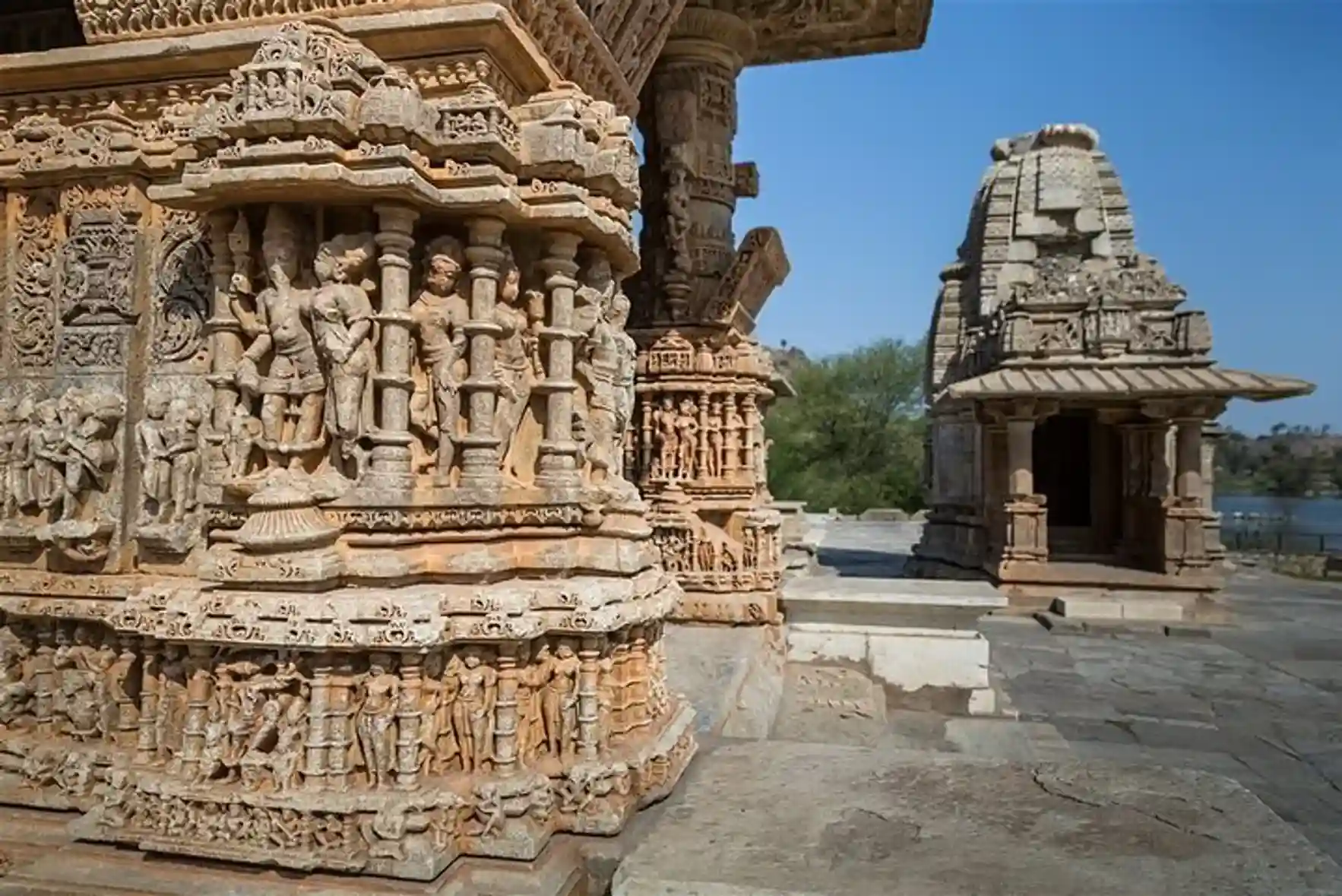
Eklingji Temple is not just a place of worship but a symbol of devotion and royal patronage. The temple was originally built in 734 AD by Bappa Rawal, the founder of the Mewar dynasty. It has undergone several renovations over the centuries, with the current structure dating back to the 15th century, thanks to contributions by the Sisodia Rajputs.
The temple houses a magnificent four-faced Shiva Lingam made of black marble, representing Lord Shiva in his four divine forms. Eklingji is also regarded as the ruling deity of Mewar, making it an integral part of Rajasthan’s history and culture.
1. The Legend Behind Eklingji: The Divine Protector of Mewar
Eklingji Temple is not just a religious site but the spiritual guardian of the Mewar kingdom. According to legend, Lord Shiva himself chose to reside here as Eklingji, the Supreme Ruler of Mewar. This belief was so strong that the kings of Mewar never considered themselves rulers—they were merely servants of Eklingji. The actual king of Mewar was Lord Shiva, and the ruling Sisodia Rajput rulers acted as his Diwan (minister or regent).
This tradition was established by Bappa Rawal, the founder of the Mewar dynasty, in the 8th century AD. He is said to have received a divine vision from Sage Harita, who advised him to build this temple and dedicate the kingdom to Eklingji. Since then, every Mewar king took an oath of loyalty before Lord Eklingji, considering him the true sovereign of the land.
2. The Architectural Evolution: From Destruction to Glory
The original Eklingji Temple was built in 734 AD by Bappa Rawal, but it was attacked and destroyed multiple times by invaders over the centuries.
- First Major Destruction (10th-11th Century): The temple was partially damaged during the invasions by Mahmud of Ghazni, a ruthless plunderer known for targeting Hindu temples.
- Rebuilt by Mewar Rulers (12th-13th Century): The Mewar kings, especially Rana Kumbha, reconstructed and fortified the temple.
- Attack by Delhi Sultans (14th Century): The temple suffered another attack during the reign of Alauddin Khilji, who sought to weaken the Rajput rulers.
- 15th-Century Restoration by Rana Raimal: The current structure of the temple was heavily restored in the 15th century by Rana Raimal, bringing back its architectural splendor.
Despite multiple invasions, Eklingji Temple stood resilient, symbolizing the unbreakable spirit of Mewar.
3. The Temple’s Unique Shiva Lingam: A Rare Four-Faced Deity
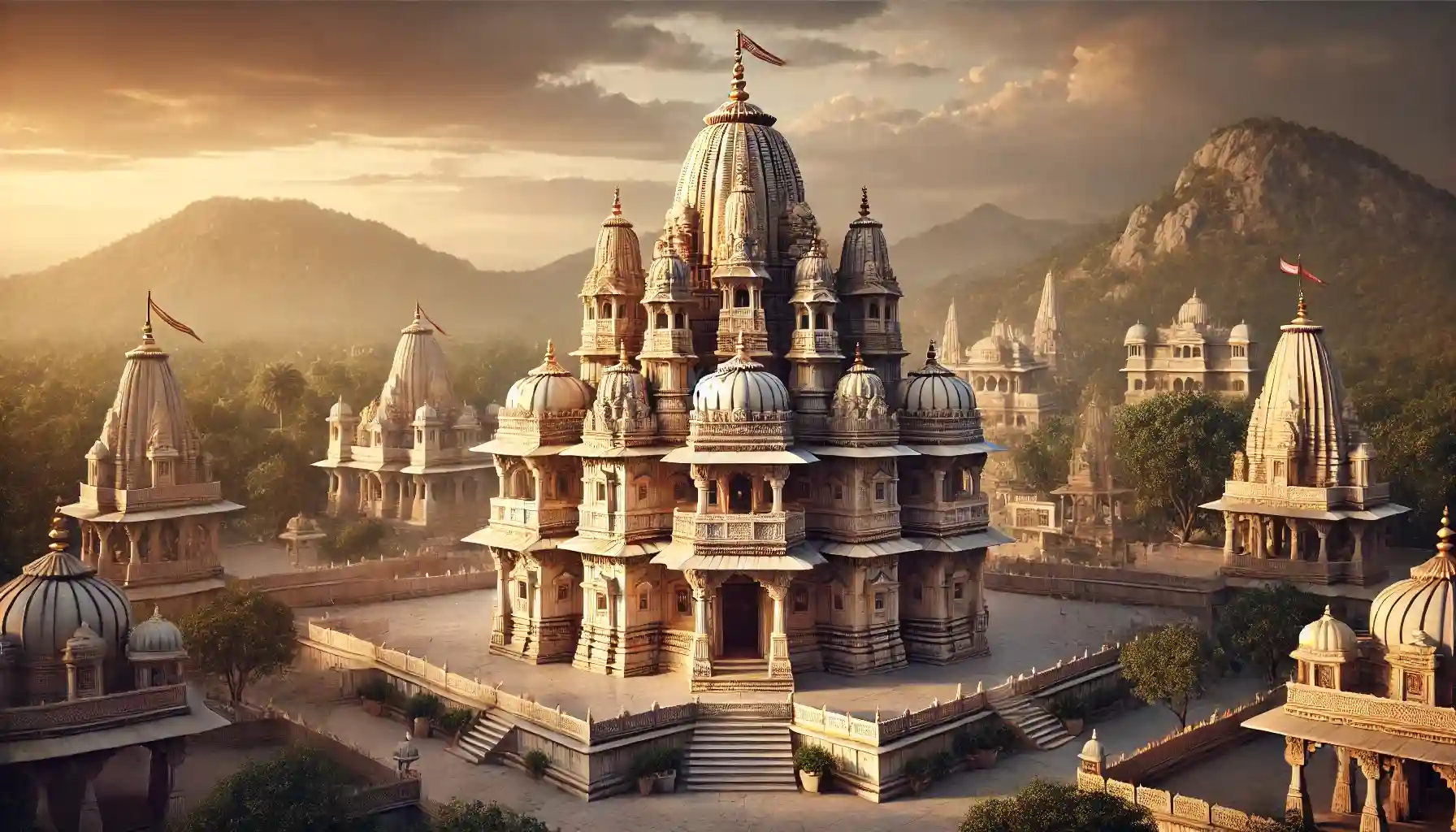
One of the most unique features of Eklingji Temple is its four-faced Shiva Lingam made of black marble. Each face represents a different aspect of Lord Shiva:
- East Face: Represents Surya (the Sun God), symbolizing light, power, and energy.
- West Face: Represents Brahma (the Creator), symbolizing the cosmic cycle of birth.
- North Face: Represents Vishnu (the Preserver), signifying balance and protection.
- South Face: Represents Rudra (the Destroyer), symbolizing destruction and renewal.
This four-faced Shiva Lingam is a rare and powerful depiction of Lord Shiva and is considered one of the most sacred representations of the deity in India.
4. Eklingji Temple’s Connection with Mirabai
The temple has deep links with Saint Mirabai, the famous Rajput princess and devotee of Lord Krishna. While she is known for her devotion to Krishna, historical accounts suggest that she often visited Eklingji Temple to seek blessings and guidance. The temple’s spiritual aura played a crucial role in her journey of devotion and poetry.
5. The Secret Passageway to Chittorgarh
A lesser-known but fascinating fact about Eklingji Temple is the existence of a hidden underground passage that is believed to connect the temple to Chittorgarh Fort. Historians suggest that this secret route was used by the Mewar royals as an escape path during enemy invasions. While the passage is not accessible today, its mystery adds to the legendary aura of the temple.
6. The Royal Rituals and Sacred Offerings
Even today, the royal family of Mewar continues to worship Eklingji with great devotion. On special occasions, the current Maharana of Udaipur visits the temple and performs rituals as a humble servant of Lord Shiva.
One of the most sacred traditions includes the offering of Rajbhog Prasad, which is prepared with the same devotion as it was centuries ago. The temple follows an age-old system of prayers, aartis, and Abhishekam rituals, keeping the divine energy alive.
Mahashivratri Festival at Eklingji Temple
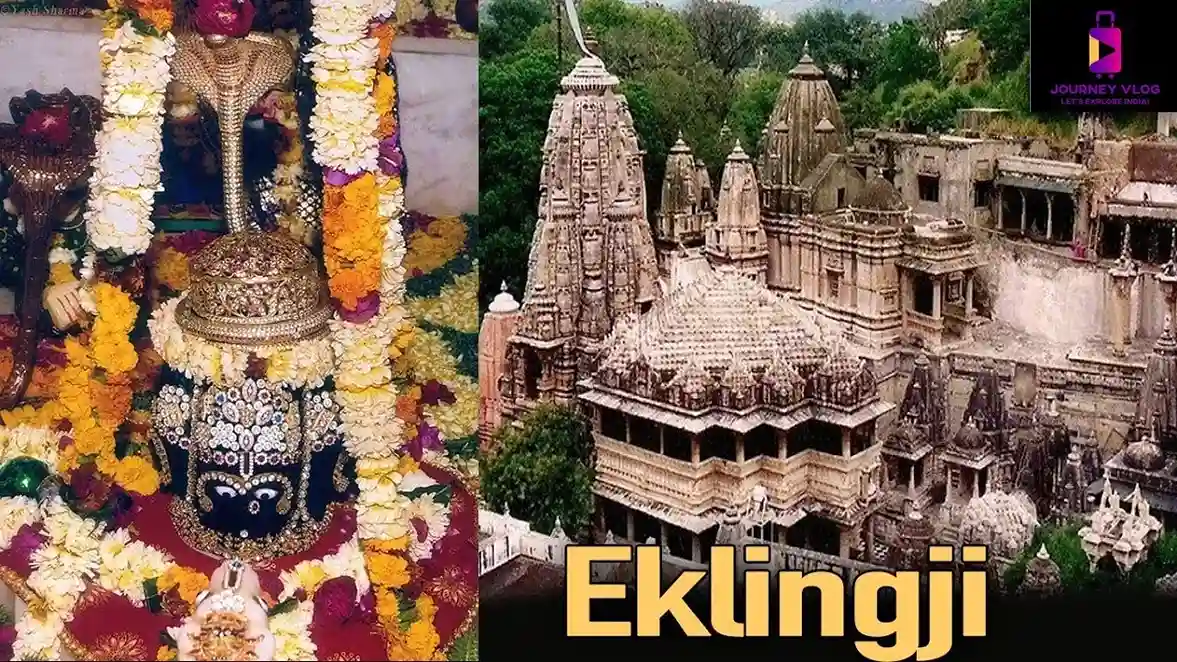
Mahashivratri at Eklingji Temple is a grand and divine spectacle that attracts thousands of devotees. The festival, which signifies the celestial wedding of Lord Shiva and Goddess Parvati, is celebrated with immense devotion and grandeur.
Highlights of Mahashivratri at Eklingji Temple:
✅ Special Midnight Aarti – Witness the powerful Shiva Aarti under a beautifully decorated temple complex.
✅ Shiva Abhishekam – Devotees offer milk, honey, and water to the sacred Shiva Lingam.
✅ All-Night Chanting & Bhajans – The temple resonates with “Om Namah Shivaya” and devotional songs.
✅ Huge Devotee Gathering – Pilgrims from across India come to seek blessings and spiritual enlightenment.
If you want to experience the true essence of Mahashivratri, visiting Eklingji Temple during this festival is a divine opportunity.
Why Should You Visit Eklingji Temple?
✅ Spiritual Significance – Feel the divine energy at one of Rajasthan’s most powerful Shiva temples.
✅ Architectural Marvel – Witness intricate carvings, a beautifully sculpted four-faced Shiva Lingam, and a temple complex with 108 smaller shrines.
✅ Peaceful Escape from Udaipur – Located just 22 km from Udaipur, it’s a perfect getaway from the city hustle.
✅ Rich Historical Connection – Learn about Mewar’s royal heritage and its deep devotion to Lord Shiva.
✅ Festive Atmosphere on Mahashivratri – The temple comes alive with special pujas, bhajans, and Shivratri celebrations.
Things to Do at Eklingji Temple
✅ Attend the Divine Aarti – The morning and evening aartis create a deeply spiritual experience.
✅ Explore the Temple Complex – Apart from the main shrine, visit the small shrines of Parvati, Ganesh, Kartikeya, and Nandi.
✅ Visit Nagda Temples – Just 2 km away, the ancient Saas-Bahu Temples are a must-see.
✅ Take a Holy Dip in the Kunds – The temple has sacred water reservoirs that add to its charm.
✅ Enjoy Local Prasad – Experience the taste of Mahaprasad offered to Lord Shiva.
Eklingji Temple Timings & Aarti Schedule
| Temple Timings | Aarti Timings |
|---|---|
| 4:30 AM – 7:00 AM | 4:30 AM (Mangala Aarti) |
| 10:30 AM – 1:30 PM | 10:30 AM (Shringar Aarti) |
| 5:00 PM – 7:30 PM | 5:00 PM (Sandhya Aarti) |
Best Time to Visit:
- Mahashivratri (February-March) for grand celebrations
- Monsoon & Winter (July to March) for pleasant weather
- Avoid peak summer (April to June) due to high temperatures
FAQs About Eklingji Temple
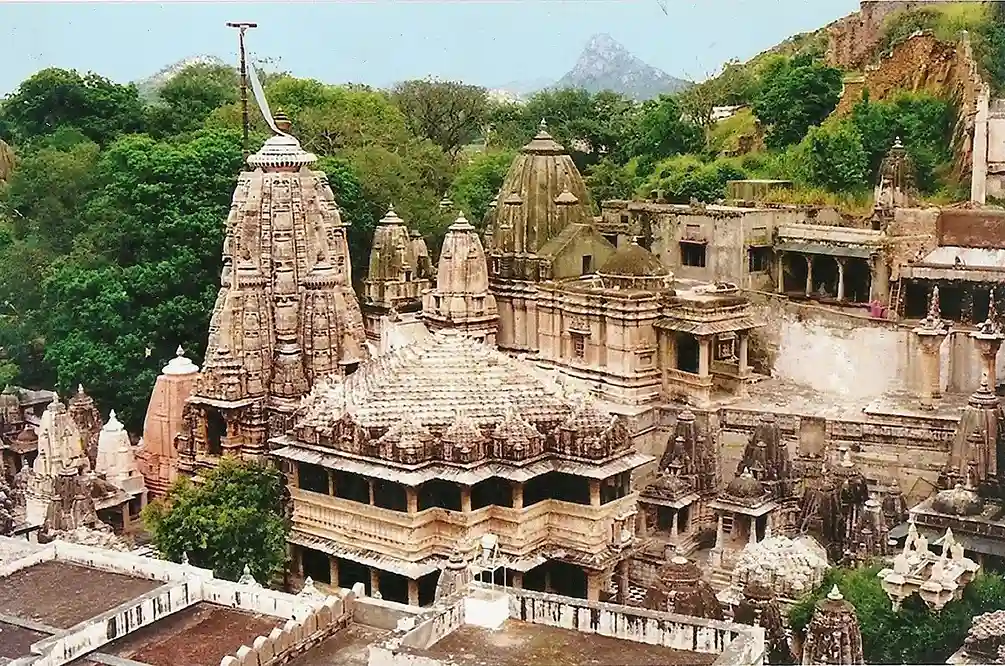
Conclusion: A Must-Visit Spiritual Destination Near Udaipur
Eklingji Temple is a blend of spirituality, history, and architectural beauty. Whether you visit during Mahashivratri or a peaceful weekday, the temple offers divine bliss and a glimpse into Mewar’s royal heritage.
So, if you’re in Udaipur, make sure to take a short trip to Eklingji Temple and soak in its serenity and divine energy!

